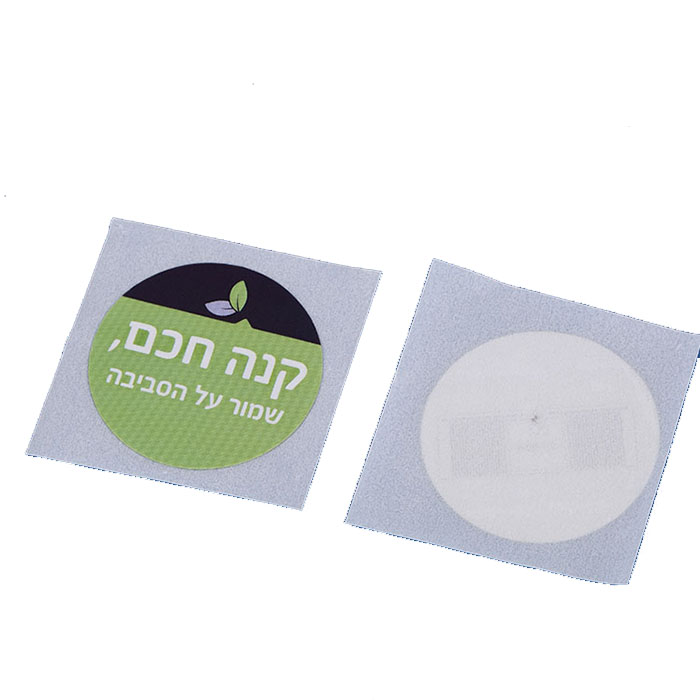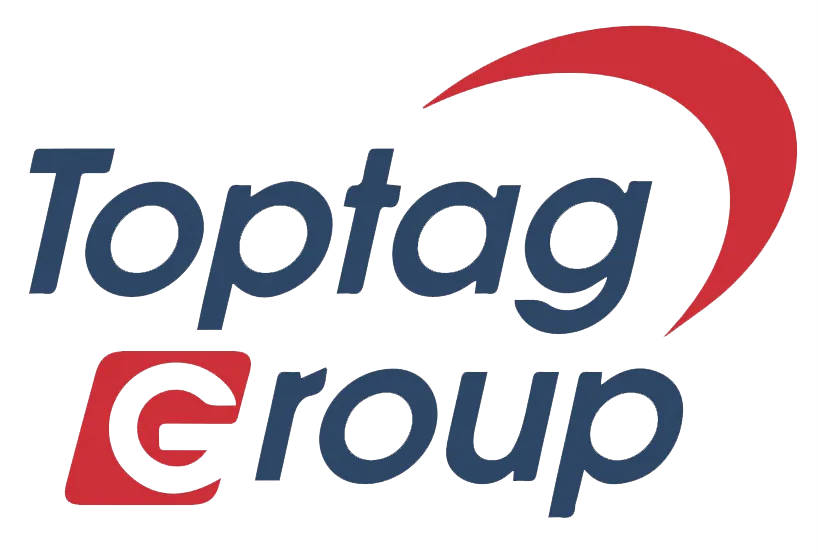RFID Sticker/tag
An RFID tag is an electronic tag that can communicate with a reader-writer through radio waves to realize data transmission. RFID tags usually consist of a chip and an antenna, where the chip is used to store data and the antenna is used to receive and send radio waves.
1.Working principle
The working principle of RFID tags can be simply summarized as follows: the reader sends radio waves to the RFID tag, and after the RFID tag receives the radio waves, it uses the energy in it to activate the chip, and then returns the data stored in the chip to the reader through radio waves. device.
2.Type
RFID tags can be classified according to different standards and application areas. According to the standard, RFID tags can be divided into three types: LF tags (low frequency), HF tags (high frequency) and UHF tags (ultra high frequency). According to the application field, RFID tags can be divided into dynamic tags and static tags. Dynamic tags are used for items that need real-time tracking, and static tags are used for items that do not need real-time tracking.
3.Application
RFID tags are widely used and can be used in logistics, warehousing, retail, medical and other fields. In the field of logistics, RFID tags can be used for tracking and management of goods; in the field of warehousing, RFID tags can be used for inventory management and inventory; in the field of retail, RFID tags can be used for commodity management and anti-counterfeiting; in the medical field Among them, RFID tags can be used for the management of patient information and the traceability of medical devices.

RFID reader
An RFID reader is a device that can communicate with an RFID tag. It can send instructions to the RFID tag and receive data returned from the RFID tag.
1.Working principle
The working principle of the RFID reader can be simply summarized as follows: the reader sends instructions to the RFID tag, the RFID tag performs the corresponding operation after receiving the instruction, and then returns the execution result to the reader through radio waves.
2.Type
RFID readers can be classified according to factors such as frequency, power and function. According to frequency, RFID readers can be divided into three types: low frequency, high frequency and ultra-high frequency; according to power, RFID readers can be divided into two types: active readers and passive readers; In terms of functions, RFID readers can be divided into handheld readers, desktop readers, fixed readers, etc.
3.Application
RFID readers are also widely used and can be used in logistics, warehousing, retail, medical and other fields. In the field of logistics, RFID readers can be used for tracking and management of goods; in the field of warehousing, RFID readers can be used for inventory management and inventory; in the field of retail, RFID readers can be used for commodity management And anti-counterfeiting; in the medical field, RFID readers can be used for the management of patient information and the traceability of medical devices.

Advantages and development trends of RFID technology
Compared with traditional identification technologies such as bar codes, RFID technology has the following advantages:
1. Wide tracking range: RFID technology can track items in a wider range, and can realize remote tracking of items.
2. Fast tracking speed: RFID technology can realize fast scanning and identification of items, which greatly improves the operational efficiency of items.
3. High tracking accuracy: RFID technology can realize accurate identification and positioning of items, thereby improving the management level of items.
4. Reusable: RFID tags can be used repeatedly without damage or falling off, which is more economical and environmentally friendly than traditional marking technologies.
5. High security: RFID technology can realize the tracking and management of items, so as to avoid the loss and theft of items.
In the future, with the development of technologies such as the Internet of Things and artificial intelligence, RFID technology will usher in a wider range of application scenarios. Specifically, RFID technology will be more widely used in the following aspects:
1. Logistics and supply chain management: RFID technology can realize the whole process tracking and management of logistics and supply chain, thus improving the efficiency and reliability of logistics and supply chain.
2. Retail and anti-counterfeiting management: RFID technology can be used for commodity management and anti-counterfeiting, thereby improving the management level and customer satisfaction of the retail industry.
3. Medical and health management: RFID technology can be used for the management of patient information and the traceability of medical devices, thereby improving the quality and safety of medical services.
4. Urban management and security precautions: RFID technology can be used in urban management and security precautions, such as urban traffic management, vehicle tracking and security management.
5. Industrial automation and intelligent manufacturing: RFID technology can be used in industrial automation and intelligent manufacturing, such as tracking and management of factory production lines, remote monitoring and management of equipment, etc.
In short, RFID technology will become one of the important infrastructures of the future digital economy and intelligent society, bringing more convenience and benefits to human life and production.




